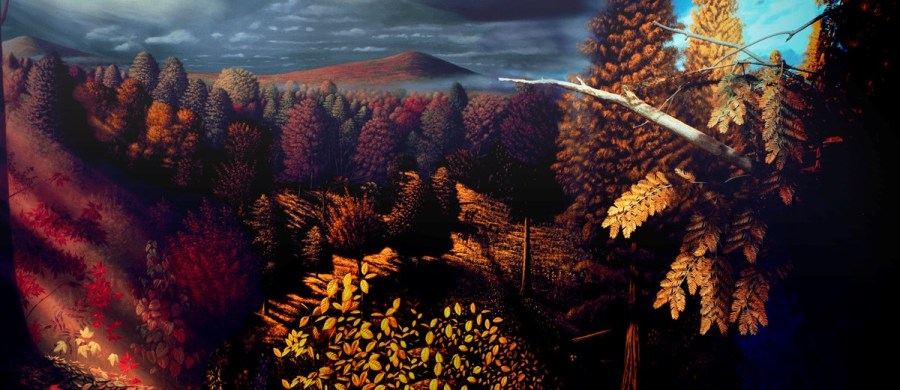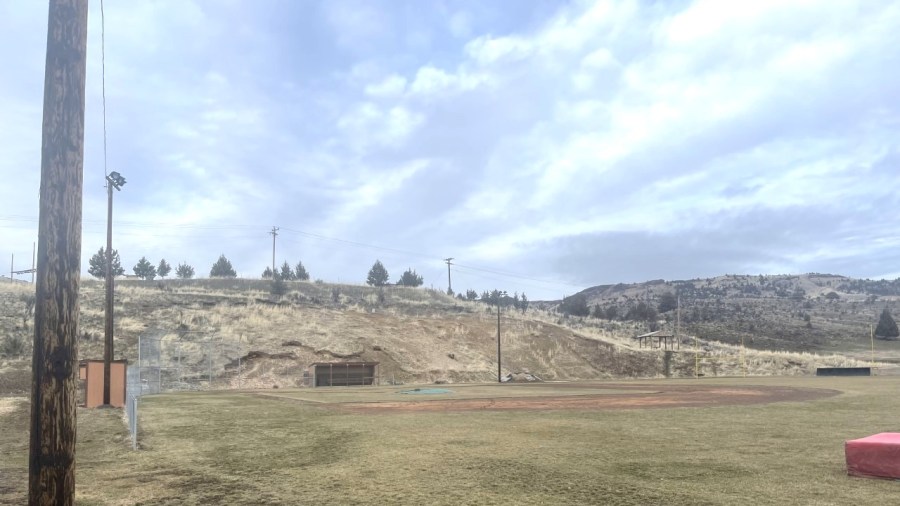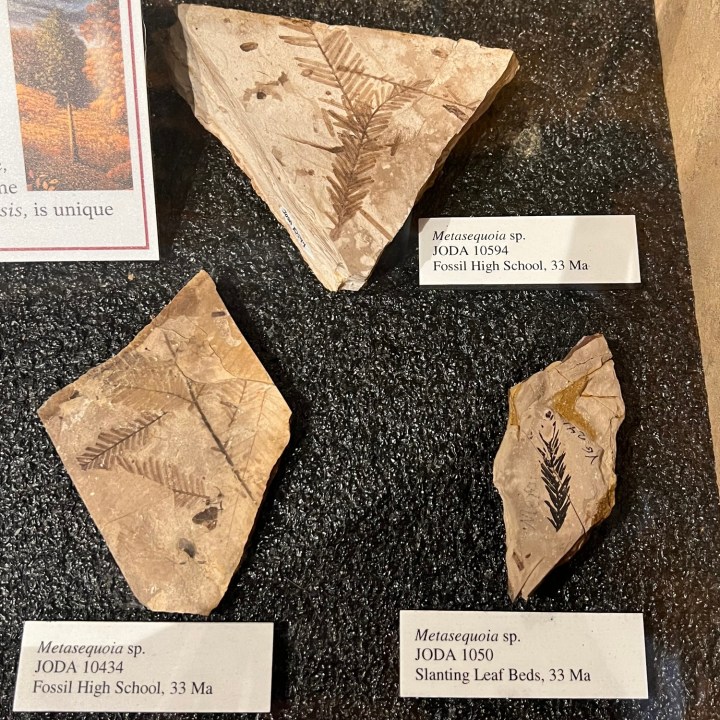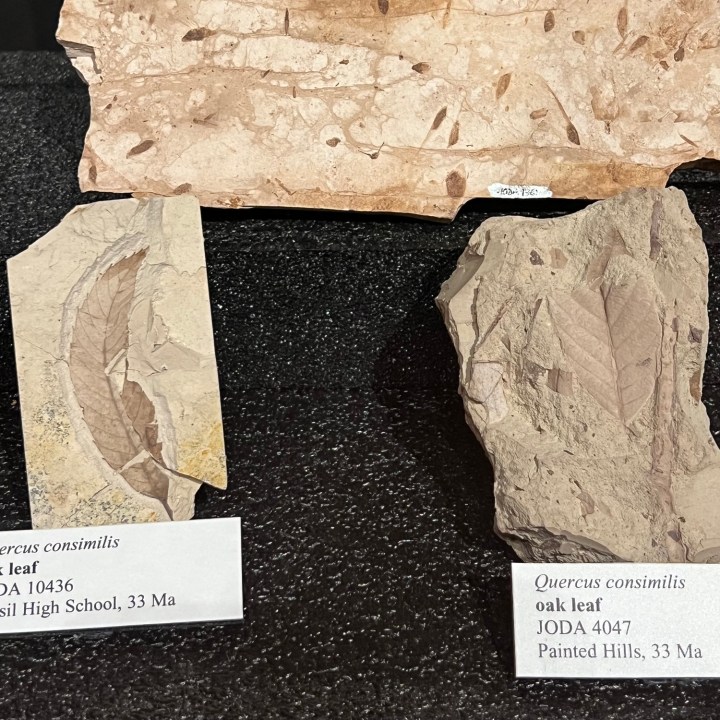PORTLAND, Ore. (KOIN) — Three hours east of Portland, in a town of 450 people, the local high school doubles as an amateur archaeological dig.
Some 33 million years ago, the land was a sprawling forest of ancient deciduous redwoods, sycamore trees, maples, oaks, alders and elms.
“The area was covered with hardwood forests, lakes, and swamps which resembled the balmy parts of the Southeastern United States or Southeast Asia,” the National Parks Service states.

Today, the town of Fossil, Oregon is a semi-arid region dominated by dry, mostly barren hillsides that surround the John Day Highway. But for a small fee, day trippers, rockhounds and aspiring paleontologists are welcome to unearth the town’s fossilized past and take their findings home.
Visitors can dig up their own fossil keepsakes by traveling to Wheeler High School at 600 B St. in Fossil. After dropping the appropriate entrance fee inside the provided drop box, follow the path to the hillside behind the school’s sports field. There, visitors can pick up their own tools or the public shovels left at the site and start digging.
“Fossils that you’ll find at the school site are mostly leaves and branches of the deciduous trees that grew along adjacent stream banks and in nearby wetlands,” the Oregon Paleo Lands Center said.
While sheep-like oredonts, giant, pig-like entelodonts and saber-toothed cats called nimravids once roamed the hills, visitors will not find fossils of these animals at the Wheeler High School fossil beds. However, fossilized bugs, salamanders and small fish have been found at the site.
Fossil School District Superintendent Jon McMurray tells KOIN 6 News that people are welcome to dig up fossils at any time, but recommends that they visit during the milder spring and fall months.

“In July and August, you’re looking at temperatures in the high 90s to low 100s,” McMurray said. “There’s not a lot of shade on the hill. We built a little pergola up there with a couple of park benches for people to sit under while they knock rocks apart.”
While shovels are often available at the site, McMurray said that they are often stolen and visitors are recommended to bring their own tools. Sunscreen, hats, beach chairs and kneeling pads and boots are also recommended.
“It depends on how well they tolerate kneeling and standing,” he said. “There’s a lot of laying on the ground while digging. Boots are probably better than sneakers. In the fall, the ground is basically just clay that makes you six inches taller than when you showed up.”

McMurray said that tourists should also make time to visit the town’s Oregon Paleo Lands Center and the multitude of hiking and sightseeing spots inside the nearby John Day Fossil Beds National Monument, including the Sheep Rock and Clarno Units and the Painted Hills.
“That place has awesome amazing resources that are under-utilized,” he said. “Blue basin is a great hike, Picture Gorge is a great place to visit, there’s Cathedral Rock, which looks like a cathedral built into the rocks. There’s lots of hiking opportunities.”





